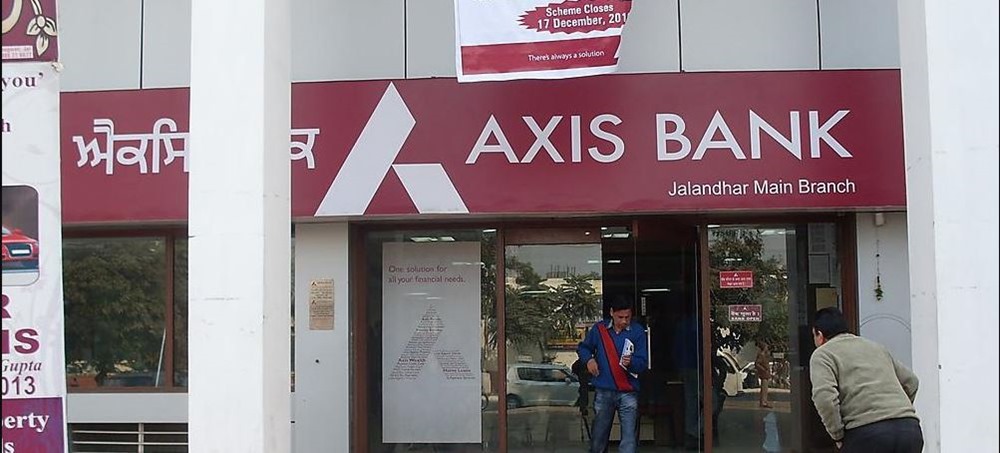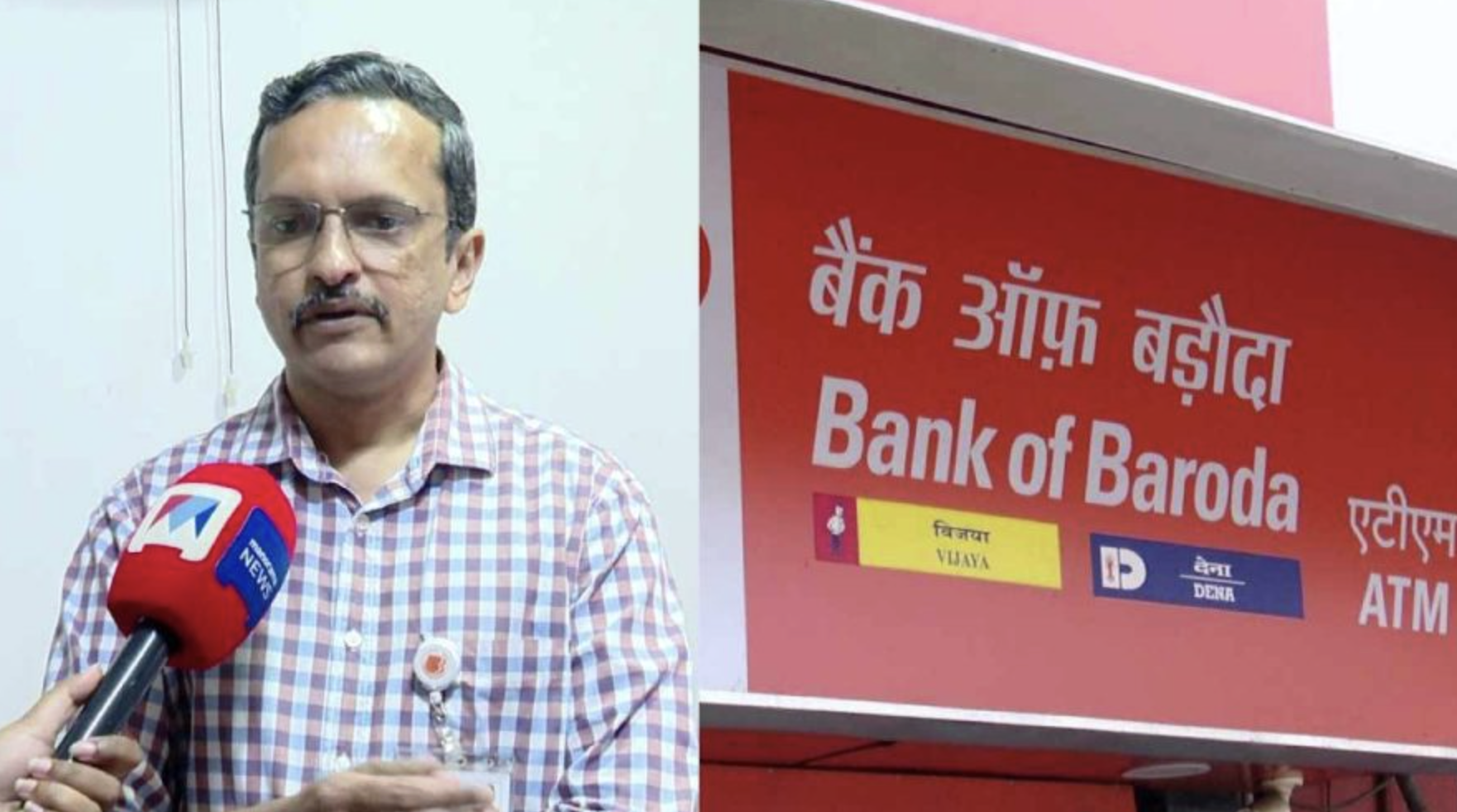India’s banking sector has been grappling with a significant burden of bad loans, with banks writing off a staggering amount of Rs 14.56 lakh crore over the past nine financial years starting from 2014-15. Parliament was informed of this concerning trend, shedding light on the magnitude of non-performing assets (NPAs) plaguing the industry.

Out of this colossal sum, loans written off from large industries and services alone accounted for Rs 7,40,968 crore, indicating the severity of the problem.
Recovery Efforts and Financial Implications
Despite the monumental write-offs, scheduled commercial banks (SCBs) have managed to recover an aggregate amount of Rs 2,04,668 crore in written-off loans since April 2014 up to March 2023. However, the net write-off loans, which denote loans written off net of recoveries, remain substantial. In the financial year 2017-18, net write-off for public sector banks (PSBs) amounted to Rs 1.18 lakh crore, gradually declining to Rs 0.84 lakh crore in FY 2022-23 (RBI provisional data). Similarly, private sector banks reported a net write-off of Rs 73,803 crore in FY 2022-23, highlighting the pervasive nature of the problem across the banking landscape.
Government and RBI Initiatives
In response to the NPA crisis, the government and Reserve Bank of India (RBI) have implemented comprehensive measures to address the issue. Notable initiatives include amendments to the Securitisation and Reconstruction of Financial Assets and Enforcement of Security Interest Act, 2002, aimed at enhancing effectiveness in asset recovery. Additionally, the establishment of the National Asset Reconstruction Company Limited (NARCL) and the provision of a guarantee for Security Receipts issued by NARCL are strategic moves to resolve stressed assets and bolster the banking sector’s resilience.
Banking Sector’s Capital Raising and Policy Interventions
To fortify their capital base, banks are resorting to various measures such as raising capital bonds and issuing long-term infrastructure bonds. The State Bank of India (SBI), for instance, plans to raise up to Rs 50,000 crore in FY 2023-24 through Basel III compliant AT-1 bonds, Tier-2 bonds, and infrastructure bonds. Furthermore, exemptions from maintaining Cash Reserve Ratio and Statutory Liquidity Ratio on long-term bonds for lending to the infrastructure sector facilitate better asset liability management.













